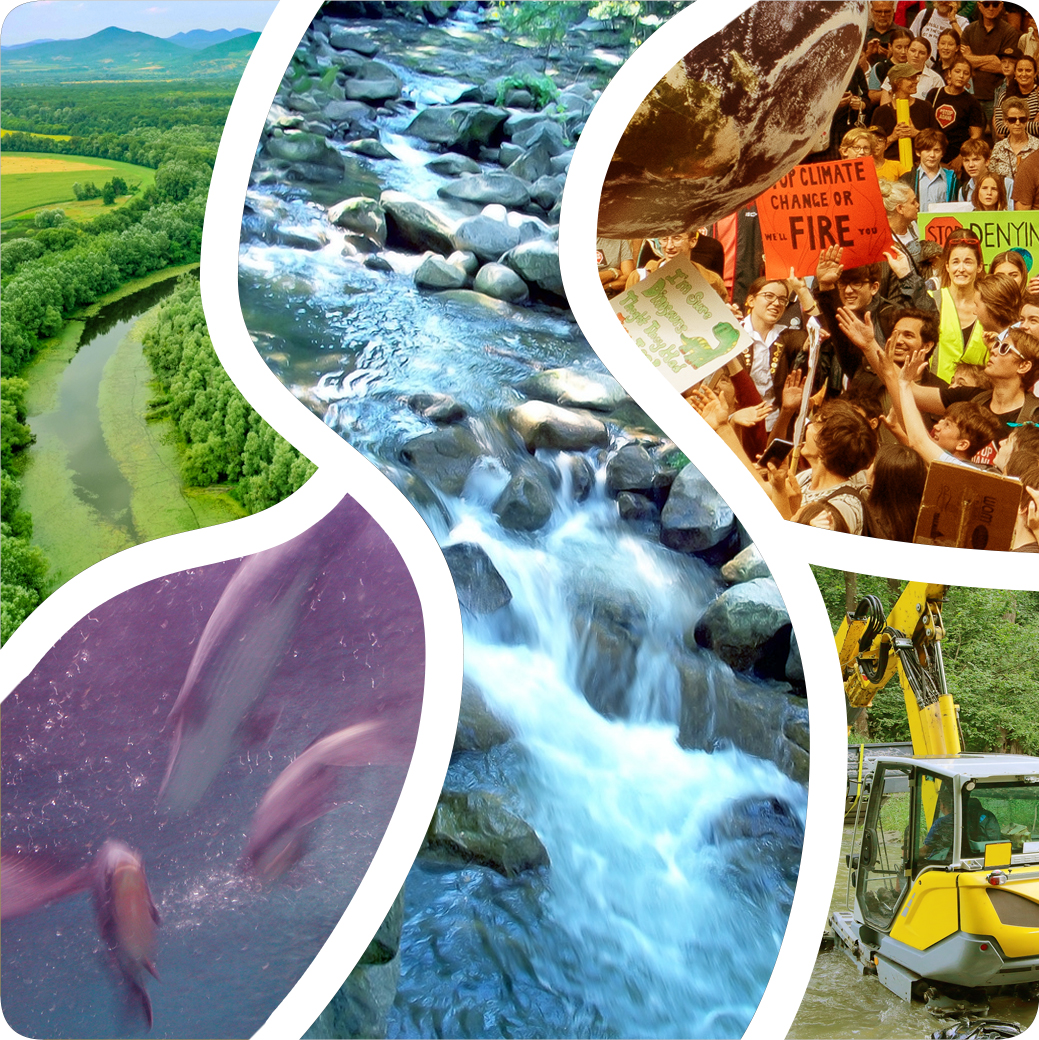Marina Petrić was selected as a Recreating Freshwater Showcase because she played a key role in a transboundary freshwater restoration project within one of Europe’s most ambitious ecological initiatives—the Amazon of Europe in the Mura–Drava–Danube Biosphere Reserve. Her work at WWF Adria involves coordinating complex restoration efforts across national borders, institutions, and ecosystems, making her perspective highly relevant for understanding the challenges and opportunities of large-scale, integrated river restoration.
Her interview provided valuable insights into:
- Practical restoration measures, such as side-channel reconnection and floodplain forest restoration;
- The importance of institutional cooperation and the difficulties of working across multiple countries with differing regulations and priorities;
- The role of the Restoration Task Force as a platform for stakeholder engagement and knowledge exchange;
- Lessons in adaptability, persistence, and stakeholder diplomacy in the face of institutional and logistical challenges.
Overall, her contribution highlighted both the technical complexity and social dynamics of successful freshwater restoration, offering important lessons for practitioners working in multi-level governance contexts.




